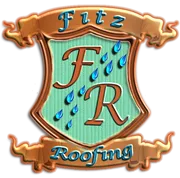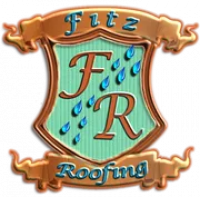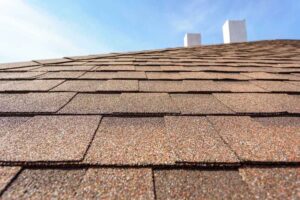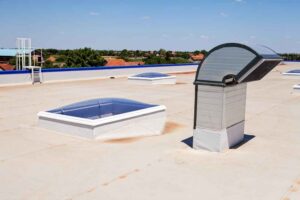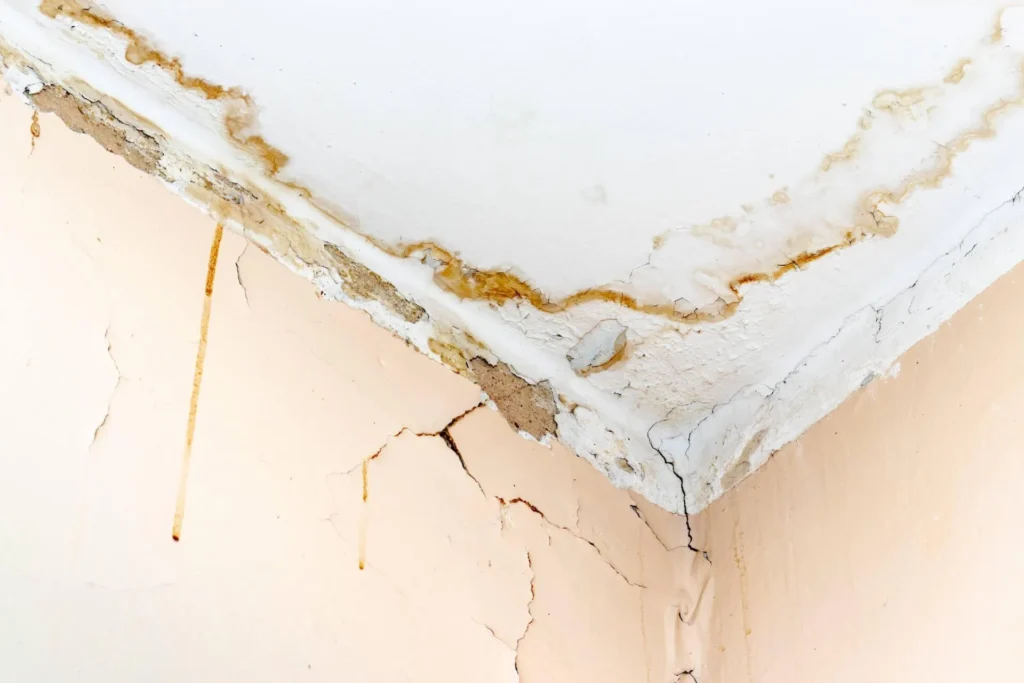
Well-structured roofs can protect your home against many weather elements. However, these weather elements can also damage your roof and compromise its functions and stability. One of the most frequent causes of roof damage is water from rainstorms, ice, and snow. To identify possible roof degradation, you should inspect your roof and house for these nine signs of roof water damage.
1. Water Stains
Water stains on the ceiling and walls form when water settles and dries on these surfaces. Water can seep through holes or cracks in the roof and travel down the walls, which stains these surfaces.
You may notice water stains by their color. They appear in round or oval shapes and may be brown, yellow, or white. Water stains can ruin the aesthetic of your house with their irregular colors and patterns, which is significantly worse in brightly-painted homes.
2. Mold and Mildew Growth
Mold and mildew are fungi that grow in moist environments. Thus, their growth will signify roof water damage if they develop near roof surfaces like the attic or ceiling. Mold and mildew release spores into the air, which can cause respiratory problems in humans and animals. Also, mold and mildew growth can lead to structural damage to buildings.
3. Peeled Flashing
When water seeps under shingles, it can cause the flashing — the metal strip that seals the joint between the roof and a chimney or vent pipe — to peel away. This peeling signifies serious roof damage and can lead to leaks. Peeled flashing usually occurs after severe weather conditions.
4. Rot
Rot is a sign of roof water damage because it results from moisture accumulation. High moisture accumulation results from leaks in the roof, condensation, and high humidity levels.
When untreated wood comes into contact with high moisture levels, it can absorb and retain the moisture within itself. This phenomenon might cause the wood to become soft or saggy, which can even compromise the integrity of your roof.
5. Corrosion
Water causes corrosion by breaking down the protective coating on metal, which allows oxygen to reach the metal and cause it to oxidize. This oxidation process causes the metal to deteriorate and weaken, which can eventually lead to leaks and other problems. Thus, a change in color on metallic surfaces and the presence of holes and gaps show water-based corrosion.
6. Damaged Shingles
Cracked shingles happen due to exposure to moisture, which can cause the shingles to swell and then crack. Once the shingles are broken, they will allow water to seep into the home, which can lead to further damage. Also, water damage can cause the protecting layer on the shingles to fall off gradually, which can expose the underneath materials to elemental damage.
7. Paint Damage
Paint damage occurs when water accumulates under the paint coating. Water can leak through roof gaps or holes and seep into the building. Over time, the water can cause the paint to peel, blister, or flake off if it drips onto the ceiling or walls. In some cases, the paint may also change color.
8. Damaged Vent Boots
The most common cause of damaged vent boots is severe weather conditions. Plumbing vent boots have a plastic or metallic base that seals any holes. Cracked plastic or missing metallic seams will cause water to leak and damage roof components.
9. Shiners
Shiners are nails and screws that did not settle inside the roof seams or support bars. Shiners accumulate and condense moisture. The best way to see shiners is to investigate frosted surfaces during cold nights. Shiners will cause water damage around the area they penetrate and are sources of roof leaks.
Roof water damage can increase repair or reinstallation costs if you do not handle the problem as soon as possible. If you would like an experienced technician to handle any roof water damage, contact us at Fitz Roofing.
